Want to jump straight to the answer? The best time tracking software for most people is TimeCamp or Deel.
Time tracking software makes it easy for employees to log hours in a simple interface. These tools even integrate with your accounting and scheduling tools, making life easier for supervisors and bookkeepers.
The Top 8 Best Time Tracking Software
- TimeCamp – Best for Agencies
- Deel – Best for All-in-One Payroll and HR at Scale
- Time Doctor – Best Integration Options
- Toggl – Best for Simple Time Tracking
- QuickBooks Time (formerly TSheets) – Best for Tracking Employee Hours
- Harvest – Best for Small Businesses
- Timesheets.com – Best Cheap Time Tracking Software
- Hubstaff – Best for Employee Productivity Monitoring
Without time tracking software, you’d have to rely on your memory or track time by keeping an eye on the clock and logging everything manually. At scale, that’s not effective or realistic.
Continue reading for an in-depth review of the best time tracking software on the market today. We’ll cover the features, benefits, price, and any potential drawbacks of each one below.
TimeCamp — Best For Agencies
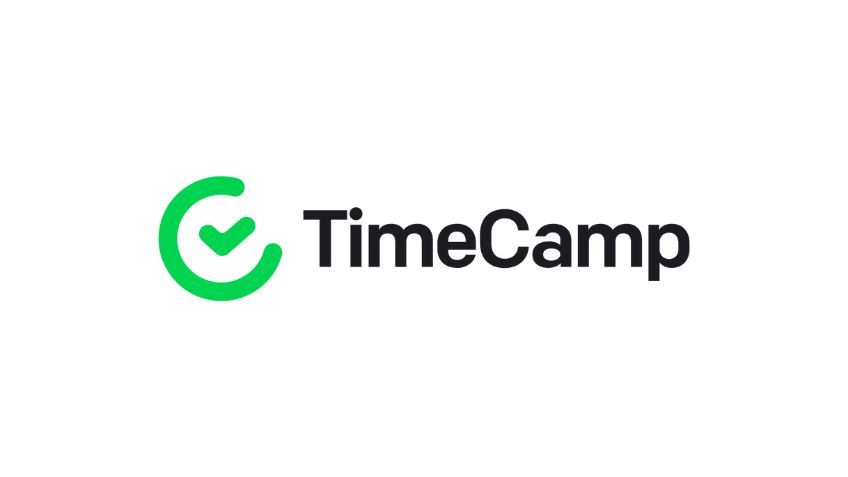
TimeCamp is perfect for businesses that need to track projects based on billable hours. That’s why this software is a top choice for agencies and even freelancers.
The software will automatically record time and assign it to specific projects. You and your team won’t need to make a single click.
You can use TimeCamp from any device, with the desktop app, web application, and mobile app.
In addition to task management for projects, TimeCamp has tools for team management and attendance tracking. It’s easy to integrate with the apps that you’re already using to manage projects and tasks.
You can also use TimeCamp to create invoices. These invoices will automatically fill up based on the settings you apply by task, hourly rate, or user.

For so many advanced features, TimeCamp is surprisingly affordable.
Even the Free plan lets you have unlimited users, which is something you don’t see often in free tiers. And the Basic plan has everything you need to manage projects and track time for your agency. However, neither of the lower tiers come with invoicing tools or timesheet approvals–you’ll need the Pro plan for those features.
Try TimeCamp free for 14 days.
Deel — Best for All-in-One Payroll and HR at Scale
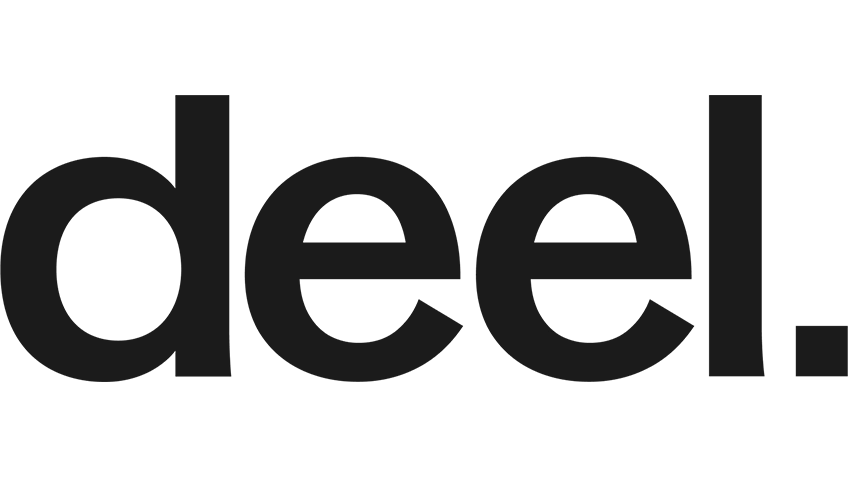
Deel is much more than a simple time-tracking tool. It’s a complete payroll and human resources solution designed to support growing brands with an international presence.
Trusted by over 20,000 organizations, Deel has everything a business needs to hire top-level talent worldwide and run accurate payroll in local currencies. From taxes to benefits administration and onboarding, Deel helps you stay compliant and manage everything from a single source of truth.
The ability to track time is just one of the many perks of using Deel.
One unique standout of this platform is its free attendance and time-tracking policy template. It helps employers set clear expectations for remote staff—ensuring everyone is on the same page.
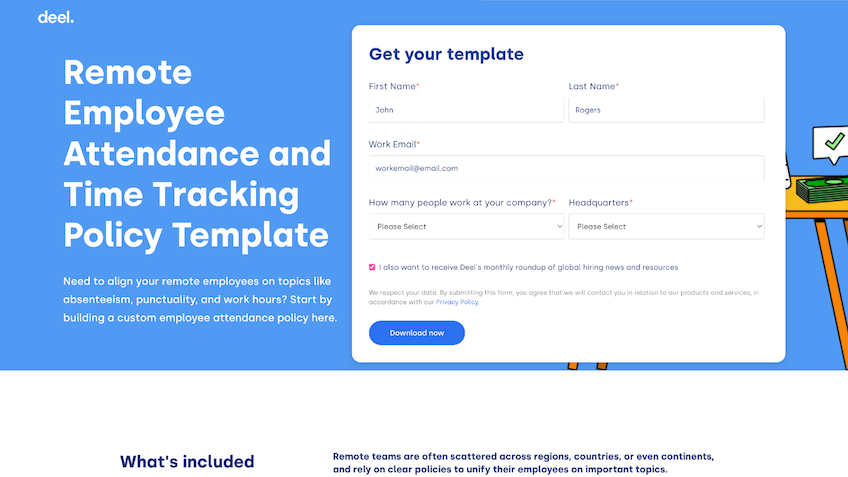
The template is fully customizable, and it allows you to easily include information like:
- How employees can request time off
- Differences between excused and unexcused absences
- Disciplinary action for tardiness
- Policies for clocking in, clocking out, and tracking hours
You can also use the template to set up rules for how independent contractors must track hours and send invoices.
If you’re just looking for a simple time-tracking tool, Deel probably isn’t the best option on our list. It’s definitely a bit more advanced and designed for organizations seeking a complete HR and payroll system that happens to include some time-tracking features.
But it’s nice to know that anyone can download and use the free time tracking policy template.
Time Doctor — Best Integration Options
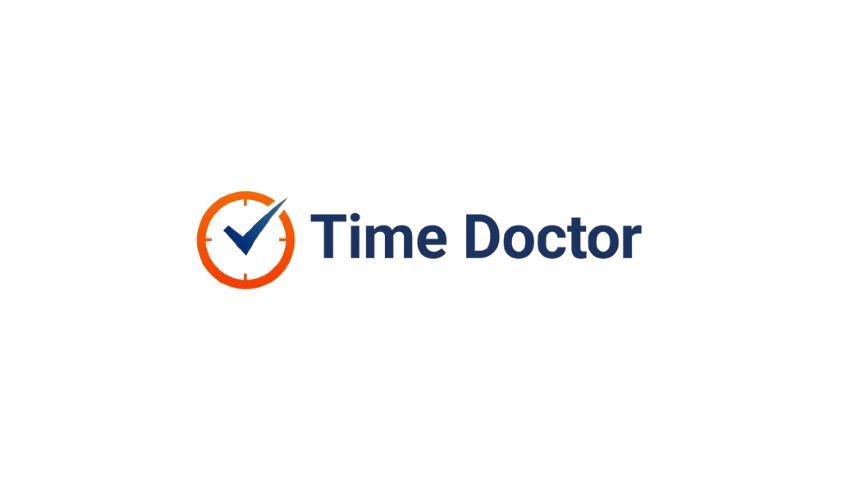
From basic time tracking functionality to advanced features like employee monitoring and client dashboards, Time Doctor has it all.
More than 83,000 businesses trust Time Doctor to increase productivity in the workplace. It’s used by brands like Verizon, Allstate, SurveyMonkey, and Home Depot.
Time Doctor integrates with other business tools that you’re already using, including tools for payments and invoicing.
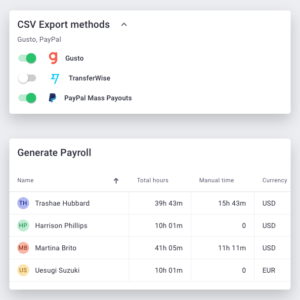
You’ll also benefit from detailed reports related to how people are spending their time.
Time Doctor sends you alerts when you’re getting off task. There’s also a Time Doctor mobile app for smartphones and tablets. The software will tell you which websites and apps are being used the most across every device. This solution is ideal for project management and budgeting as well.
The Time Doctor software starts at $5.90 per month for a single user—the price changes based on the size of your team.
Premium pricing starts at $16.70 per month. This package comes with advanced features like client login access, video screen captures, VIP support, and other group functionality.
Try either plan free for 14 days; no credit card required.
Toggl — Best For Simple Time Tracking
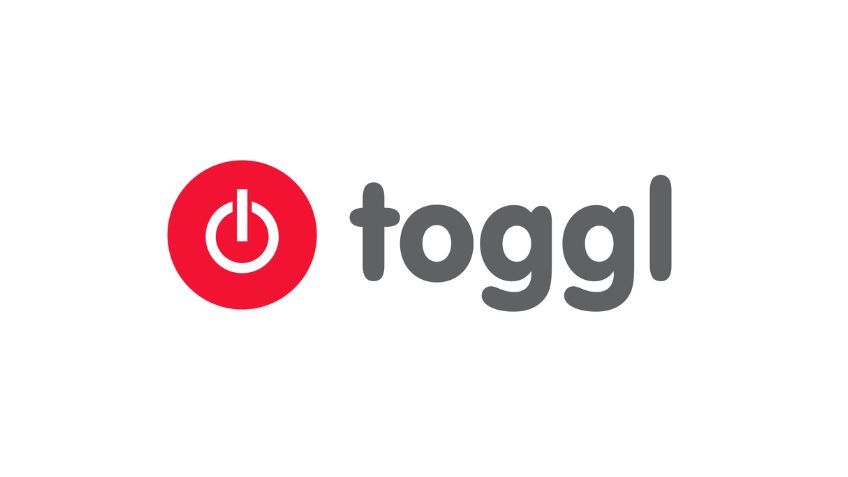
Toggl is perfect for anyone looking for the basics.
They offer time tracking features without too many advanced distractions.
Whether you’re continuing a previous task, or starting a new time entry, tracking begins with a single click.
Toggl detects idle time and sends you reminders if you forget to start or stop tracking a task. Plus, it integrates with more than 100 other applications.
It syncs your data across all devices. So you could start tracking time on your browser and stop it on your phone. It’s that easy.
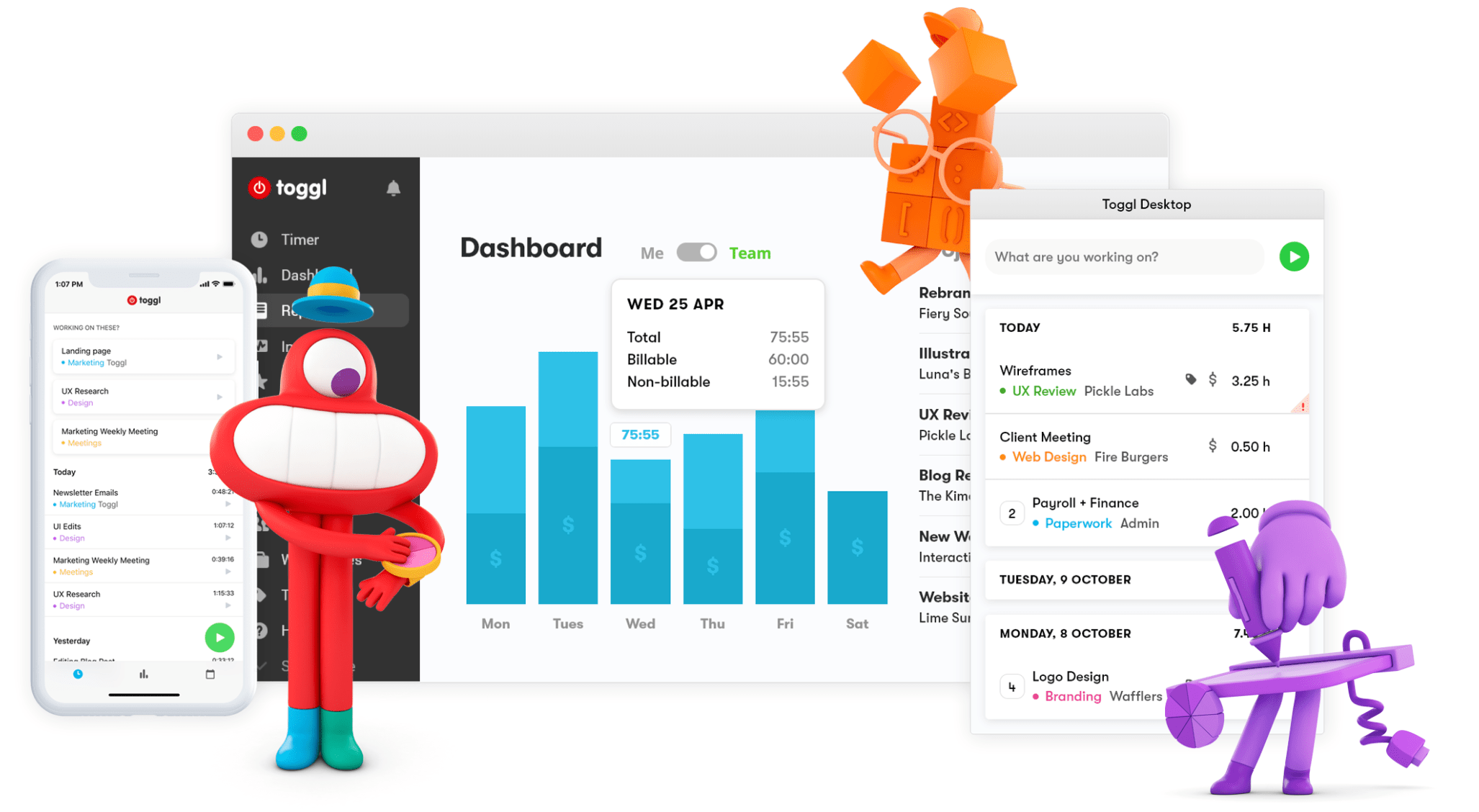
Toggl helps you manage projects, gives you detailed reports, and lets you assign billable rates to specific tasks.
While Toggl is definitely best for simplicity, it does have some advanced features. You can use data visualization to determine profits vs. labor costs and access the team dashboard to see the productivity levels of your staff.
With that said, Toggl’s features are still somewhat limited. It doesn’t offer employee monitoring or reports that are as in-depth as some of the other options on our list.
Pricing for Toggl starts at $9 per month per user, billed annually. For advanced features like project management, profitability charts, and team tools, pricing starts at $18 per month per user.
You can try Toggl free for 30 days with access to all of its features. This is the best way to figure out which plan is right for you.
QuickBooks Time (formerly TSheets) — Best For Tracking Employee Hours
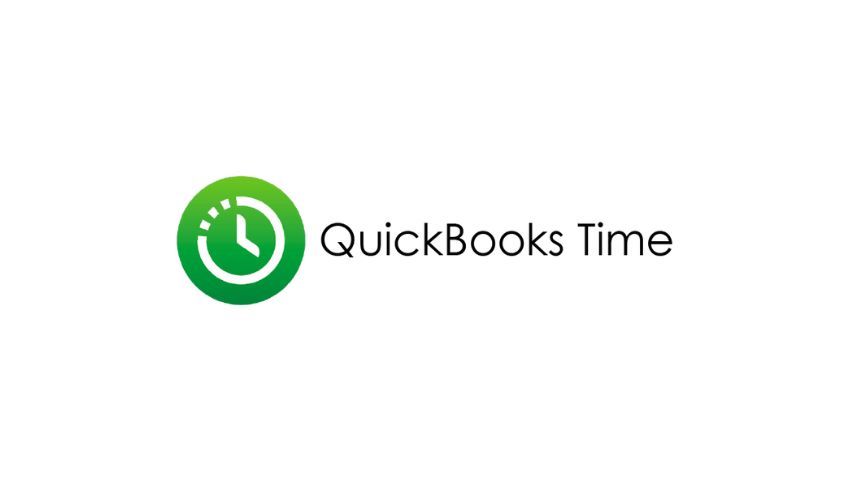
QuickBooks Time used to be called TSheets. First QuickBooks bought TSheets, then they rebranded it. They have not changed very much, which is great, because it’s still one of the best time tracking solutions on the planet.
Everything people loved about TSheets is still there, and now it works even better with QuickBooks accounting software.
You can easily streamline payroll using the time clock feature. It’s a cost-effective alternative to traditional punch clocks, and it’s going to sync with your books. This can trim hours off the time it takes to run payroll.
In addition to payroll, you can also integrate TSheets with your accounting software to turn employee hours into billable client invoices.
QuickBooks Time offers arguably the best mobile app on the market today. It leverages geofencing technology so your staff can automatically clock in and clock out when they enter or exit a pre-defined boundary.
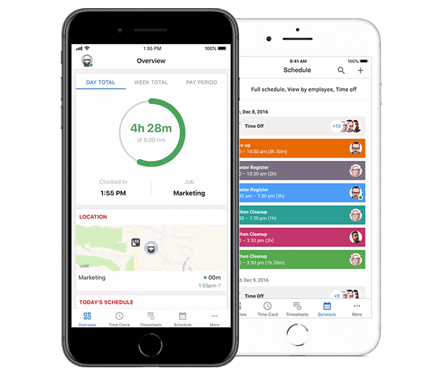
This is great if your employees often go out into the field.
QuickBooks Time also offers advanced features like employee scheduling, team management tools, and insightful reports.
Plans start at $15 per user per mont. For advanced features like geofencing and project estimates vs. actuals reporting, plans start at $30 per month.
For a limited time, you can get 25% off your first three months. Try QuickBooks Time free for 14 days; no credit card required.
Harvest — Best For Small Business
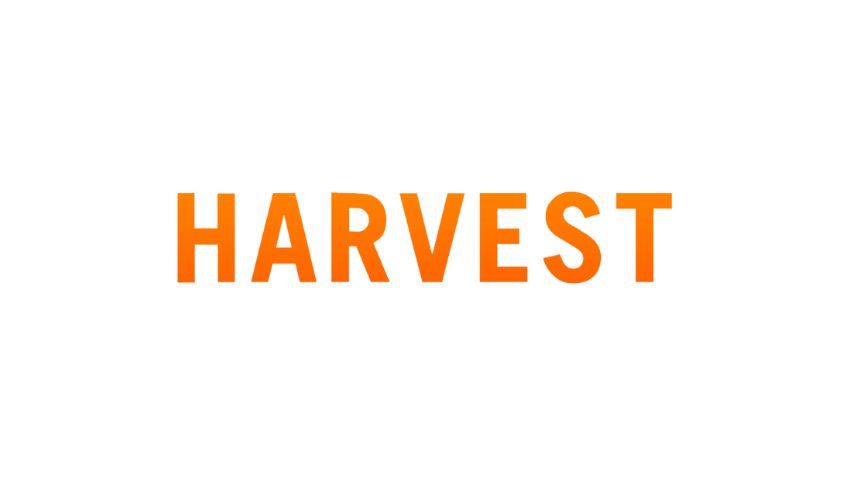
Harvest is an all-in-one time tracking solution with basic features as well as advanced functionality for things like project management, invoicing, and scheduling.
More than 50,000 businesses trust Harvest for time tracking tools. But we highly recommend it for small businesses.
That’s because Harvest makes it easy for you to track your employees’ tasks. You’ll know exactly how much everyone is working, when they’re working, what they’re working on, and how productive they are.
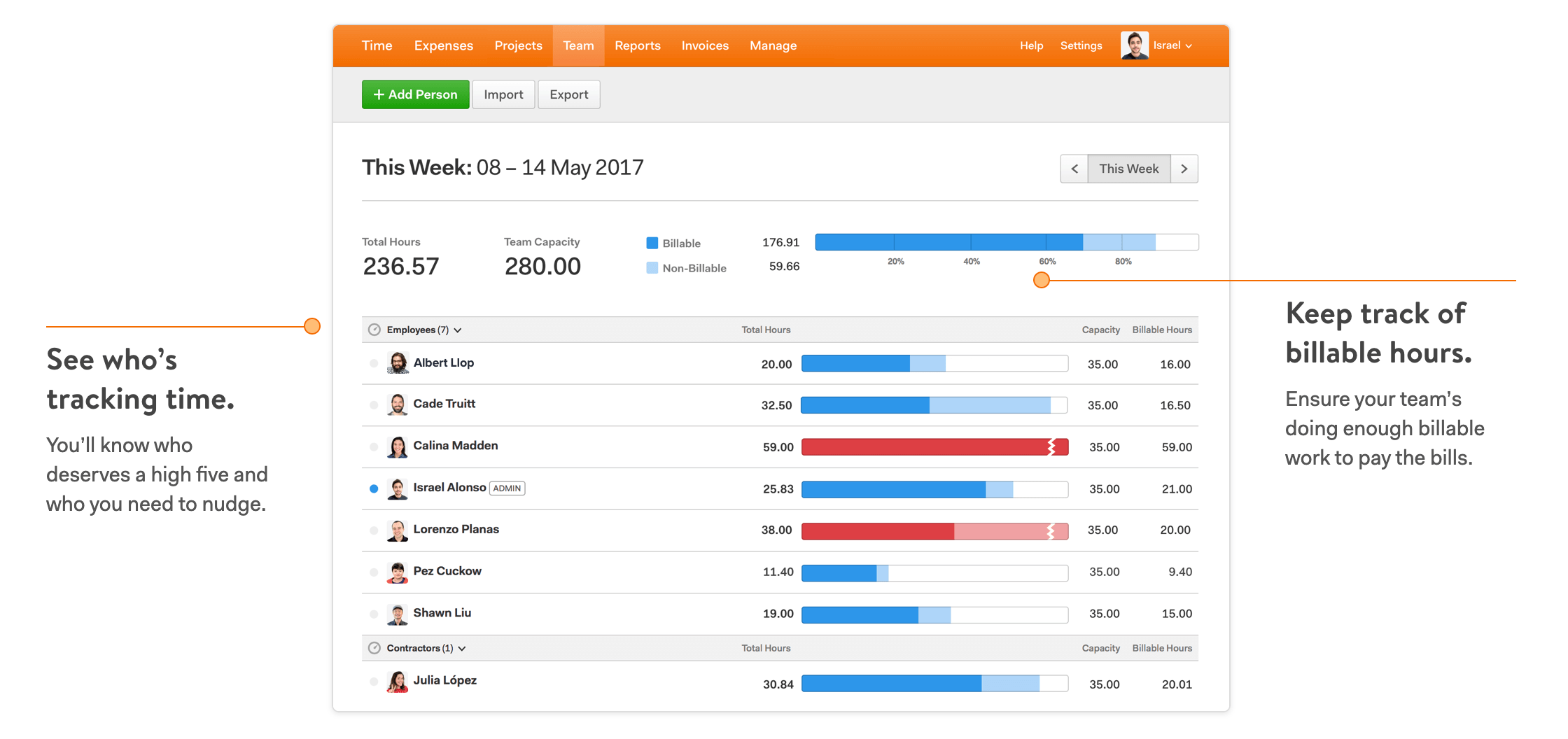
It’s easy to quickly identify your most productive team members and even see who is being overworked. These visual reports can help you allocate your resources effectively by re-assigning work from an employee at capacity to someone else with a lighter workload.
Harvest allows you to track and view billable hours from the same dashboard. Quickly approve weekly timesheets and set automatic reminders, so your team remembers to submit their times.
The software makes it easy for anyone to turn tracked hours into client invoices. Send invoices to your clients with just a few clicks. Harvest integrates with Stripe and PayPal so you can get paid quickly as well.
You can also integrate Harvest with your accounting software like QuickBooks or Xero, so your books will automatically be updated whenever you bill clients or receive payments.
If you’re looking for basic time tracking software, Harvest’s features might be too much for you. But even with so many advanced features, the rate is extremely affordable.
Harvest is free for up to one user and two projects, and Harvest Pro costs $10.80 per month per person. You can save 10% with annual billing.
For solo users, Harvest has a free forever plan as well. But if you have a team and need to track employees, you’ll need to upgrade to the paid version.
Try Harvest free for 30 days; no credit card required.
Timesheets.com — Best Cheap Time Tracking Software
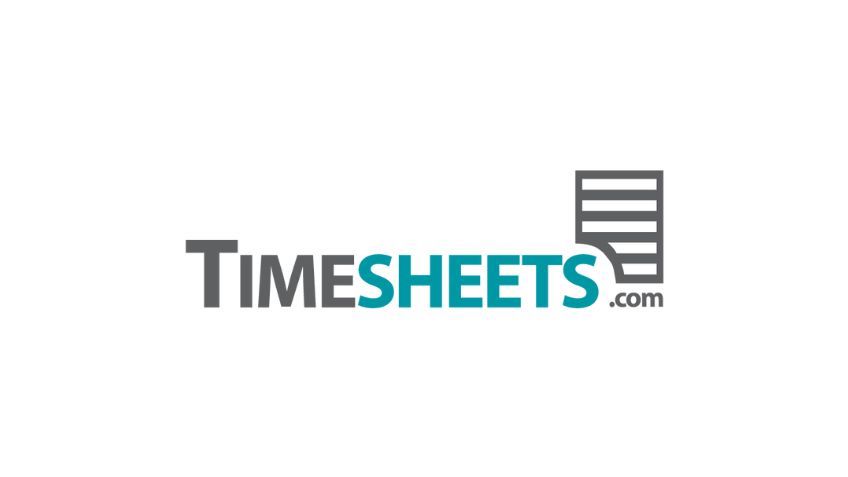
Timesheets.com is a simple and cost-effective time tracking software.
The service tracks employee hours for payroll and billable time calculations. It also has a leave management system for time off and PTO, which allows for employee requests, supervisor approvals, and accrual calculations.
You and your staff can track mileage, expenses, and upload receipts directly from your phone.
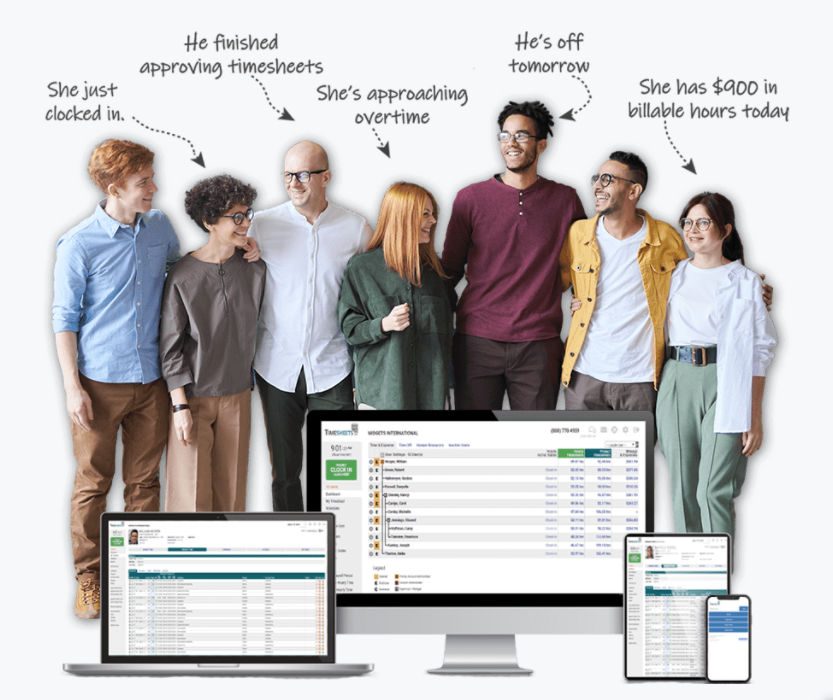
Timesheets.com offers the most affordable pricing options on our list. It’s free for solo users and freelancers. For businesses, this time tracking software is just $5.50 per month per user. If you sign up for annual billing, you’ll get one month for free. Nonprofits get 20% off.
That’s it. There are no setup fees, hidden fees, or long-term contract requirements.
This is the cheapest time tracking software on our list. But it still has all of the basic features that you need for time tracking.
However, Timesheets.com is limited. It doesn’t offer advanced reporting or project management features. As the name implies, it’s geared more towards timesheets and employee hours as opposed to tracking individual tasks.
Try TimeSheets.com free for 14 days.
Hubstaff — Best For Employee Productivity Monitoring
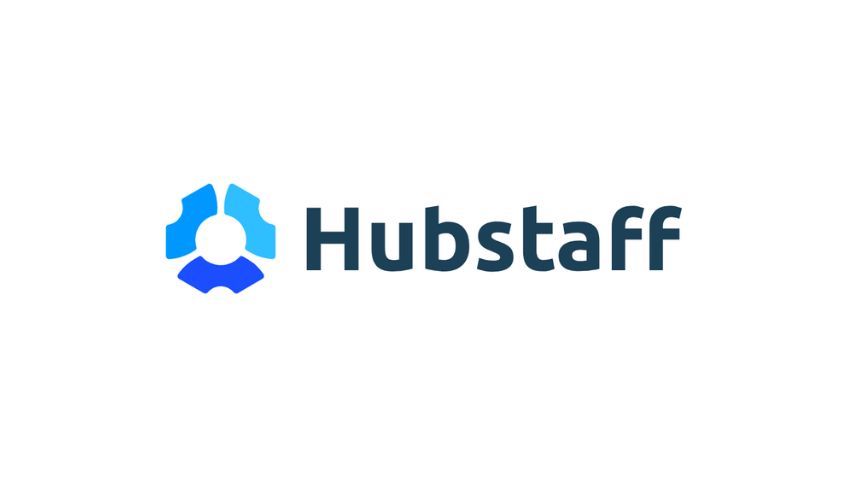
Hubstaff helps tracks employee activity, apps, and URLs to generate reports on your team.
The time tracking features are available through a desktop, web, and mobile app.
Hubstaff uses GPS tracking so you can monitor when your team is on-site or on the road. You’ll also benefit from team scheduling features, online timesheets, geofencing, payroll tools, and invoicing tools based on time tracked.
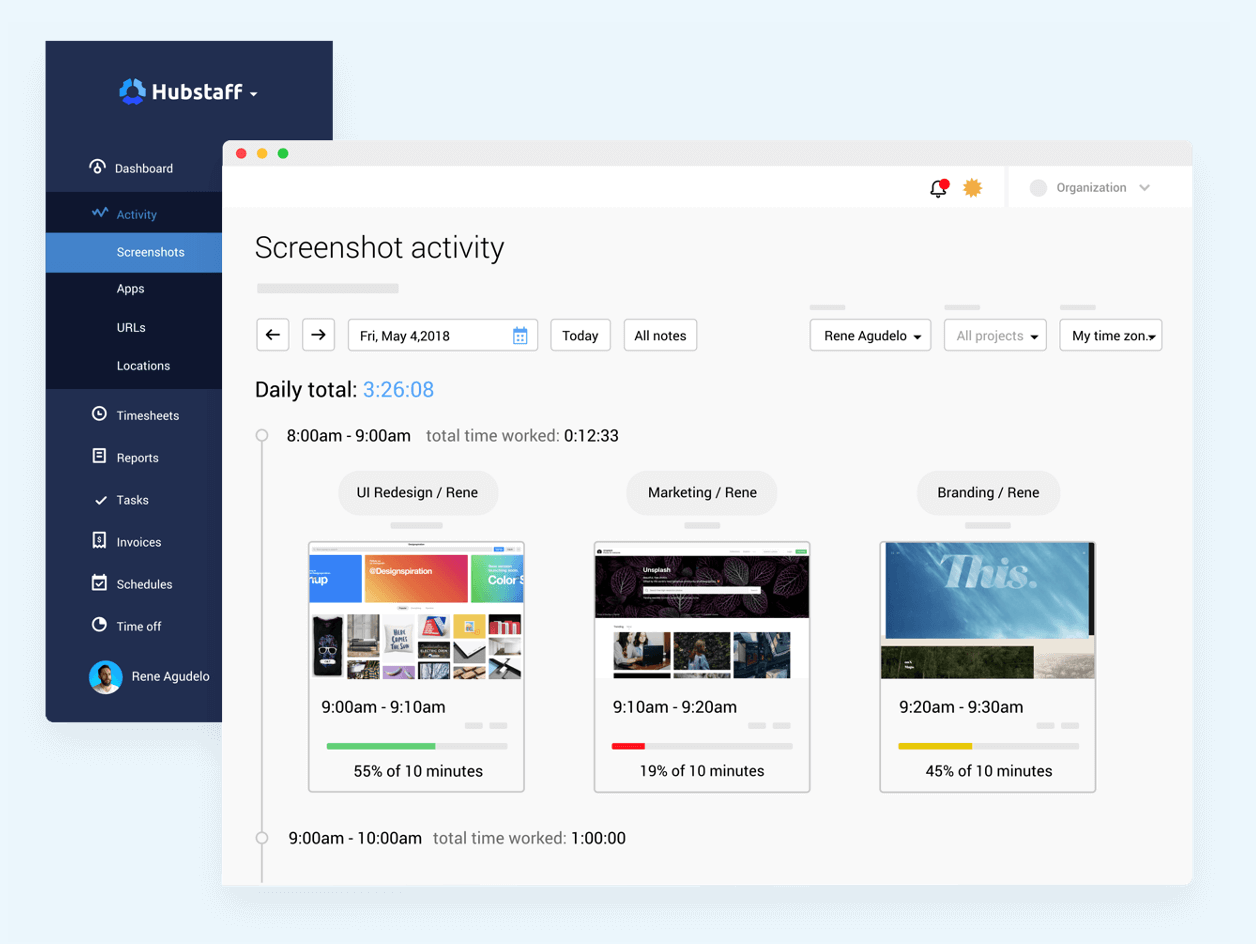
You can set up Hubstaff to periodically take screenshots of your employees’ devices. This tool allows you to watch projects unfold in real-time, allowing you to adjust your employees time as needed.
Hubstaff seamlessly integrates with other apps for project management, CRM, help desk software, payment systems, accounting tools, and more.
The Starter Hubstaff plan starts at $4.99 per user per month. But to get the most out of Hubstaff and its features, you’ll want to upgrade to Hubstaff Grow, which starts at $7.50 per user per month.
All paid Hubstaff plans require a two-user minimum. So those plans technically start at $10 and $15, respectively. There’s also the Team Plan, which is $10.00 per user per month.
Get two months free when you sign up for annual billing. You can try Hubstaff free for two weeks with a 14-day trial.
How to Find the Best Time Tracking Software For You
All time tracking software is not creating equally. The best option for our business might not be the best for you and yours.
To find the top solution for your business, there are certain factors that you need to keep in mind when you’re evaluating different options. Use this methodology to weigh your own needs as you’re going through the purchase process.
Time Tracking Needs
What exactly do you need time tracking software for?
There are different options for things like tracking billable hours, managing employee productivity, calculating project profitability, tracking employee hours for payroll, and more.
It’s important for you to choose software with core features that address your specific needs.
So consider your business and what you need to use it for.
Additional Features
Once you’ve determined the core features that you need to have, then you can start exploring the “nice to have” features.
This could include things like GPS tracking, geofencing, employee scheduling tools, and app integrations.
Don’t let a long list of additional features distract you from the reason why you’re seeking time tracking software in the first place. For example, let’s say you want time tracking software to measure employee productivity. Software that specializes in tracking billable hours and generating client invoices could be a “nice to have,” but it’s not relevant for your day-to-day use cases.
Setup and Ease of Use
Time tracking software needs to be easy for everyone to use. Tracking a task or using certain features shouldn’t take more effort than it did before you started using the software.
Some tools will detect activity and idle time to automatically start tracking time. The setup and installation process shouldn’t be too invasive and counterproductive to the actual work at hand.
The only way to really know how easy it is to use certain tools is by trying them out. Every option on our list has some version of a free trial; that’s typically somewhere in the 14 to 30-day range.
Team Size
How many people will be using this time tracking software?
Larger teams don’t necessarily need extra features or complex functionality. With that said, there are certain solutions that are better for individuals and smaller teams. Others are designed for small businesses and larger teams.
For large team sizes, it’s important that your administrative tools make it easy to monitor everything from a single dashboard in real-time. You should be able to see all time and activity at a glance without having to navigate through detailed reports.
Price
Time tracking software doesn’t need to be expensive.
For freelancers, individuals, and personal use, there are plenty of free plans that will accommodate basic time tracking needs.
Once you start getting into multiple users, multiple projects, and more advanced features, paid plans typically start at $5-12 per month per user. You can usually get discounts if you commit to an annual plan as opposed to month-to-month billing.
The Top Time Tracking Software in Summary
Time Camp is the best overall time tracking software on the market today. We also like Deel, Time Doctor, Toggl, QuickBooks Time, and the other top picks on our list.
There are many different use cases for time tracking software. The best options let you track tasks, billable hours, monitor employee productivity, payroll, and timesheets. You’ll also benefit from reports about how people are spending their time, so you can optimize team productivity.
